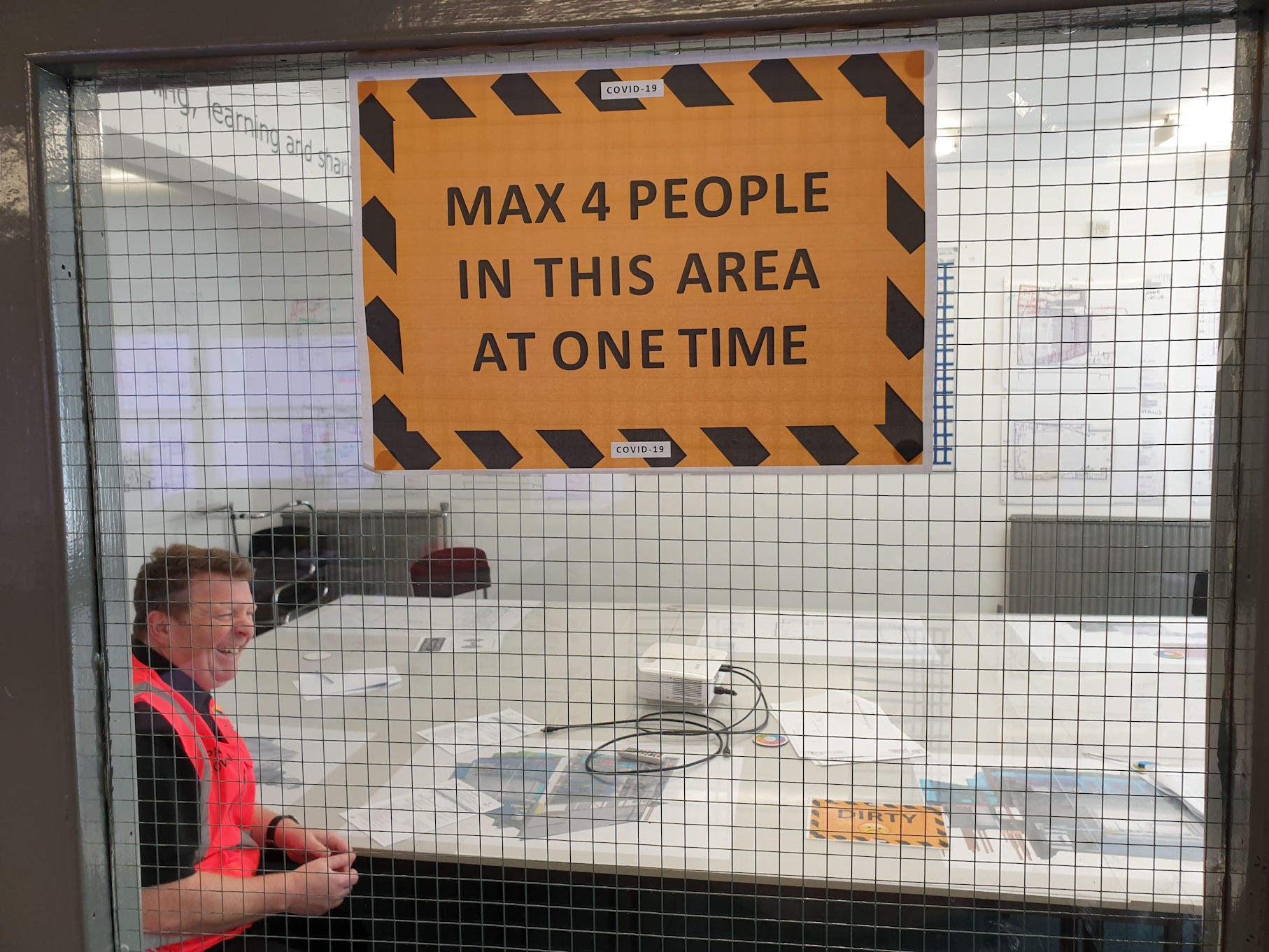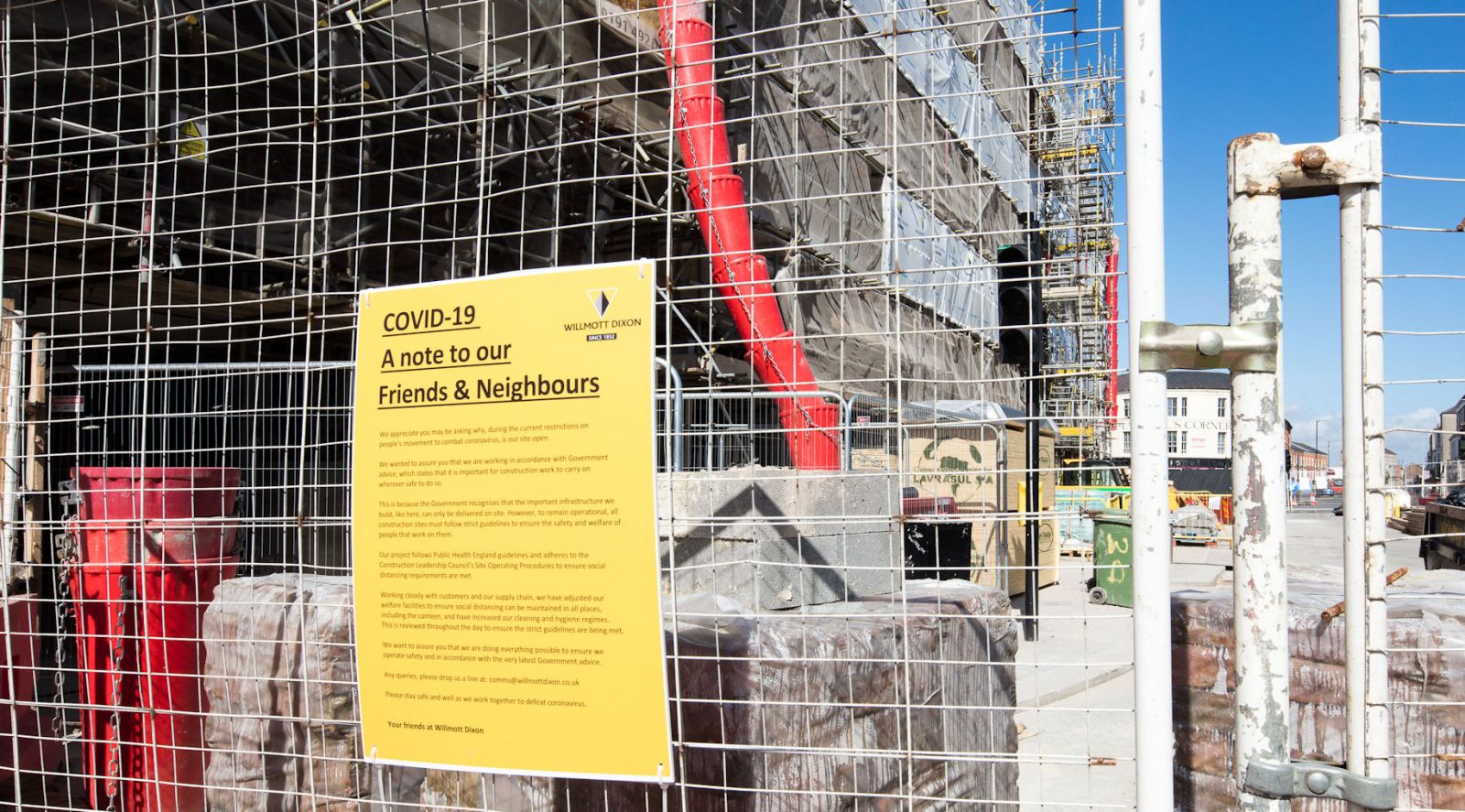Facilities Managers Should Introduce “Stricter” COVID Measures
With COVID-secure guidelines set to become a legal obligation, Bureau Veritas has advised that facilities managers must step up with a more robust and formalised...
Read Full Article
Ahead of Boris Johnson revealing his lockdown exit strategy this week, a draft government plan to ease anti-coronavirus restrictions has been revealed by the BBC.
The document allegedly urges employers to minimise numbers using equipment, stagger shift times and maximise home-working. Additional hygiene procedures, physical screens and the use of PPE should be considered where maintaining distancing of 2m (6ft) between workers is impossible.
However, the BBC has reported that the specific PPE section only reads that "more detail" will follow.
"Businesses should also look to the advice being published by trade associations and similar groups on how to work out government guidance in their sector."
–Gov.uk website
The current published advice (correct a time of reporting Monday 4 May 2020) for employers looking to plan their return to the workplace suggests specific measure for different sectors, such as:
The above are highlighted examples from a wider advice document, and full suggested guidelines can be found here.
Contracting and interior fit-out group Willmott Dixon has published details on how they have already been adapting to guidelines to continue to work on key projects.
Willmott Dixon has over 95 per cent of its projects open after implementing the Construction Leadership Council's (CLC) Site Operating Procedures to ensure sites remain safe environments to work during the COVID-19 pandemic.
Willmott Dixon has been able to maintain its high rate of sites kept open by adhering to social distancing practices, and has provided a glimpse of how that is happening at Stockton’s Grade Two listed Globe Theatre. Willmott Dixon was appointed by Stockton Council renovate the building as a 3,000-capacity music and comedy venue.
"One-way systems were implemented on staircases to avoid paths being crossed and two-metre spacing was marked for safe working. "
–Mark Wolverson
Construction Manager, Wilmott Dixon
Construction manager Mark Wolverson explains how the project adapted to working during the Covid-19 pandemic:
“Following the Prime Minister’s announcement about the lockdown, our first action was to review who needed to be on-site and who could work from home. This led to the reallocation of design and commercial personnel to home working environments.

Picture: A warning sign at the Globe site
“Also, our site’s offices are in a large building adjacent to the Globe, so this allowed us to space desks to abide by the two-metre social distancing requirements. Within the theatre itself, one-way systems were implemented on staircases to avoid paths being crossed and two-metre spacing was marked for safe working.
“To further the social distancing message, we installed motion-activated voiceover systems to remind operatives to abide by social distancing when entering the site, while hand sanitiser is plentiful and available in meeting rooms, on desks, and all site entrances and exits.”
Extensive communication underlines the message, “Each morning we hold ‘toolbox talks’ with our people and supply chain partners. These meetings explain the latest guidance and operating procedures, ensuring everyone knows how they are expected to work within the guidelines. The talks are held in large open spaces, allowing everyone to abide by the two-metre rule. If anyone shows symptoms of the Coronavirus or needs to self-isolate, they are empowered to do so, and it is critical they abide by this directive.”
Mark continues, “The safety of our people and supply chain extends beyond the project’s boundaries. Everyone has a letter explaining their need to be outside their home in case they are questioned by law enforcement.”
Mark continues, “Through our safe working practices, we are seeing more supply chain partners returning on a weekly basis, which is enabling more tasks to be completed. We have had supply chain partners comment they feel safer on-site in comparison to their local supermarket, and are pleased to be able to continue their work.”
Picture: An example of signage to be distributed around workplaces, advising of social distancing measures
Article written by Ella Tansley | Published 04 May 2020
With COVID-secure guidelines set to become a legal obligation, Bureau Veritas has advised that facilities managers must step up with a more robust and formalised...
Read Full ArticleMinisters have announced that businesses in England that are required to shut because of local interventions will now be able to claim up to £1,500 per property...
Read Full ArticleBoris Johnson has just announced additional easing of the lockdown in England, including changes to the two-metre social distancing rule. In Parliament today, it was...
Read Full ArticleBureau Veritas is stressing the need to carry out indoor air quality surveys, swab-sampling programs and quantification of fresh air assessments, to ensure premises...
Read Full ArticleAs the UK goes in and out of lockdown, the legal system is braced for a sharp increase in contractual disputes. So much so, that the Cabinet Office has expressed concern,...
Read Full ArticleAs Greater Manchester and South Yorkshire move into tier three of lockdown, the Health and Safety Executive will continue to operate safety inspections to check for...
Read Full ArticleAs Greater Manchester moves into the highest tier of lockdown restrictions, we look at what this actually means for residents and businesses. Manchester will move to a...
Read Full ArticleIn an address to MPs today, Boris Johnson has tightened COVID-19 restrictions in England, calling on people to work from home where possible and pausing plans for...
Read Full ArticleLeisure and hospitality venues in England are legally required to enforce the rule of six from today, or risk a fine of up to £4,000. Designated venues will also...
Read Full ArticleBoris’ new rule of six doesn’t apply to workplaces, but how might the tightening of lockdown measures affect general confidence when returning to...
Read Full Article